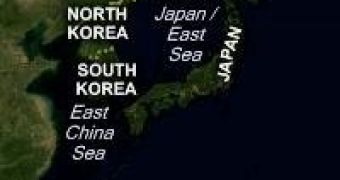Microsoft has activated its disaster response protocol as an answer to the earthquake and tsunami that struck Japan last week.
The full impact of catastrophe in Japan is yet unknown, both in regards to the death toll, which is expected to be larger than 10.000 people, and in respect to additional damages. Microsoft is one of the companies and organizations looking to provide resources available where they can benefit the local communities.
“We are also taking a number of steps including ensuring the safety of our employees and their families and assessing all of our facilities for any impact,” the software giant stated.
A devastating 13 foot tsunami followed a magnitude 9.0 earthquake on March 11, 2011 at 14.46 (Japan time), which hit some 130km east of Sendai, the Miyagi prefecture’s capital.
“We have been monitoring the situation and are deeply concerned about the devastating impact caused by the earthquake and tsunami,” the Redmond company stated.
On the Microsoft Disaster Response website set up following the Japan seism, Microsoft embedded Bing Maps imagery focused on the area most hit by the natural disaster.
The software giant is currently looking for before and after images of the area in question which plans to leverage in a new disaster response mapping application.
The site also enumerates the services and resources Microsoft has lined up to support the relief efforts in Japan, among which:
“•Reaching out to customers, local government, inter-government and nonprofit agencies to support relief efforts.
•Working with customers and partners to conduct impact assessments.
•Providing free incident support to help customers and partners impacted by the earthquake get their operations back up and running.
•Offering free temporary software licenses to all impacted customers and partners as well as lead governments, nonprofit partners and institutions involved in disaster response efforts.
•Making a cloud-based disaster response communications portal, based on Windows Azure, available to governments and nonprofits to enable them to communicate between agencies and directly with citizens.”

 14 DAY TRIAL //
14 DAY TRIAL //